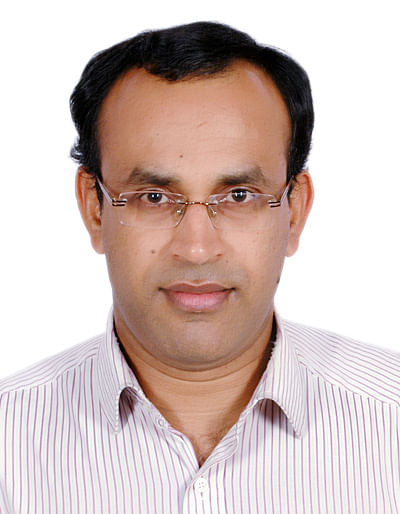As the spiralling inflation, measured in terms of the Wholesale Price Index, rules at over 18 per cent, the powers-that-be are virtually groping in the dark to stem it.
Since 2004, when the UPA assumed power at the Centre, the prices of rice have surged by 77 per cent, that of sugar by 190 per cent and tur dal by almost 240 per cent.
What are the reasons for the price rise? Obviously, one of the major reasons was severe drought in 2009, which resulted in shortage in food grain production. The question, however, is why did the Union government take almost no action despite being aware that the country was heading for a slump in food production?
Amidst demand from political parties to axe Union agriculture minister Sharad Pawar, it is amply clear that the current price mess has several reasons. Failure to take timely action, poor policy initiative to increase the productivity, lack of co-ordination among various government departments, lack of understanding between the Centre and states and ignoring the experts’ warning are among the factors contributing to the crisis.
Misunderstanding
Increased rural income due to Mahatma Gandhi Rural Employment Guarantee Scheme has also been blamed for the pressure on food demand and prices but there are not many takers for this argument. Experts say the scheme may create additional assets in agriculture, leading to increased productivity rather than creating pressure on food.
On his part, Pawar says the increase in the Minimum Support Price for some of the food grains also contributed to the price rise. Since, 2004 the UPA has hiked procurement price of paddy from Rs 580 a quintal to Rs 1,030 and that of wheat from Rs 620 to Rs 1,100. This has pushed up the price of rice and wheat, he claims.
The agriculture minister chairs weekly meetings to take stock of the food prices, food stocks as well as production situation and the ministry officials say that had the minister taken timely action on their advice, half the problems would have been solved.
Absence of policy co-ordination hindered the government’s efforts to control prices. While the Centre allowed sugar mills to import raw sugar, for example, the BSP-led Uttar Pradesh government imposed a ban on imports by mills in the state, resulting in some 9 lakh tonne of raw sugar being held up at the country’s ports. Some of the states were also slow to utilise the allotted quota of food grain released by the Centre for distribution through state-run welfare programmes.
When as many as 322 districts were facing drought, the country had enough food stock of over 47 mt as against the buffer requirement of only 20 mt due to record output of 230 mt. Experts had demanded release of 5-10 mt of wheat from government stock to the market in October 2009 to help cool prices, but the government sat on the suggestion for long.
A matter of grave concern is the food grain production. Despite increasing pressure on land and food supplies, agriculture productivity remains stagnant in the last two decades. For instance, in India, the productivity of paddy is 2,203 kg per hectare while it is 6,336 kg in China. Several committees including National Farmers Commission headed by Dr M S Swaminathan had made recommendations to increase farm productivity, but the government is yet to act on them.
Frequent statements by the agriculture minister on shortages and imminent price rise also contributed significantly to price rise as they allowed hoarders to pile up stocks. When Pawar spoke of imminent hike in milk price due to shortage (though he retracted his statement later), four states increased the price the very next day.
